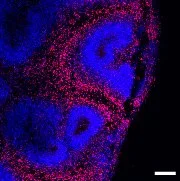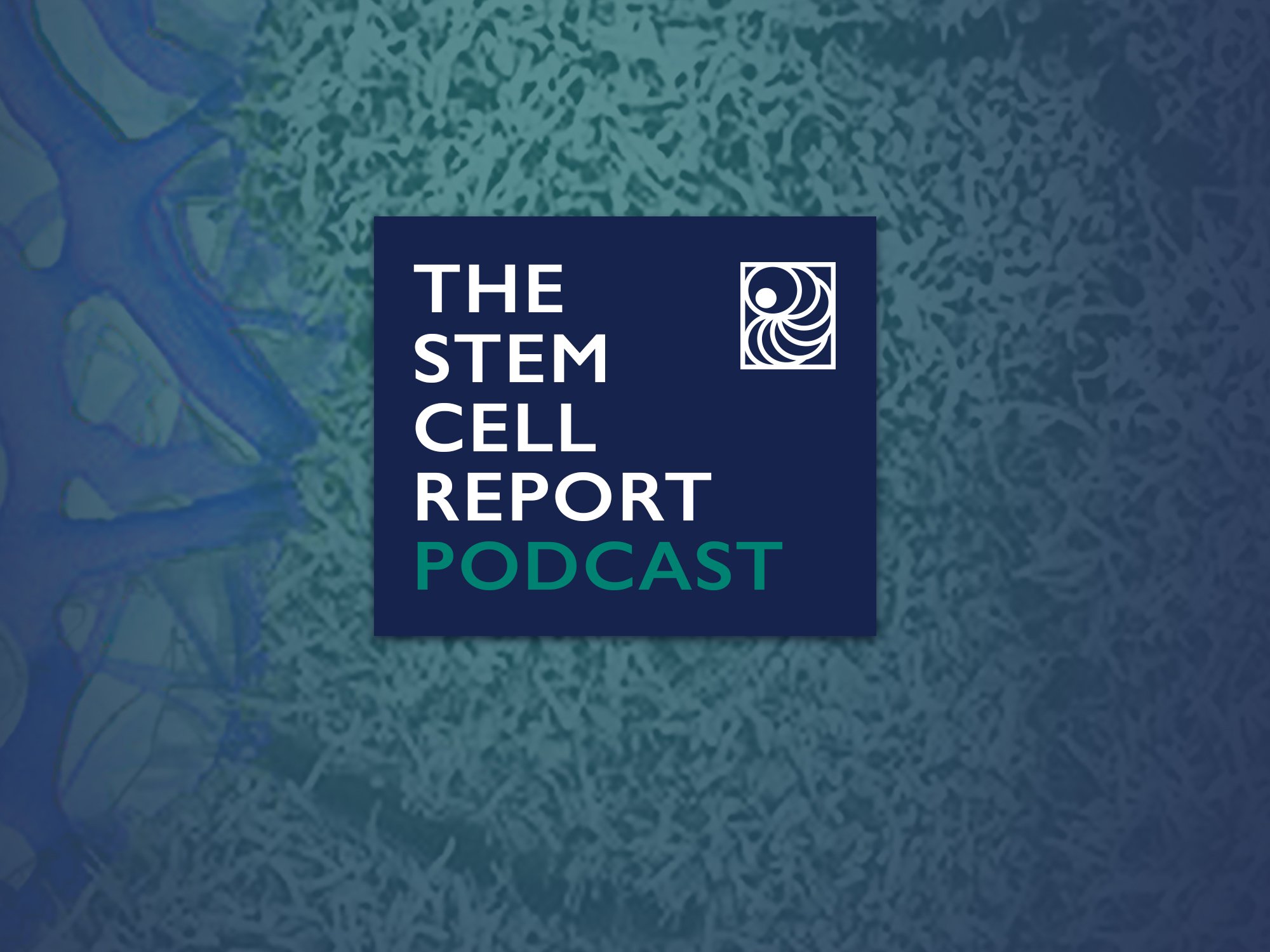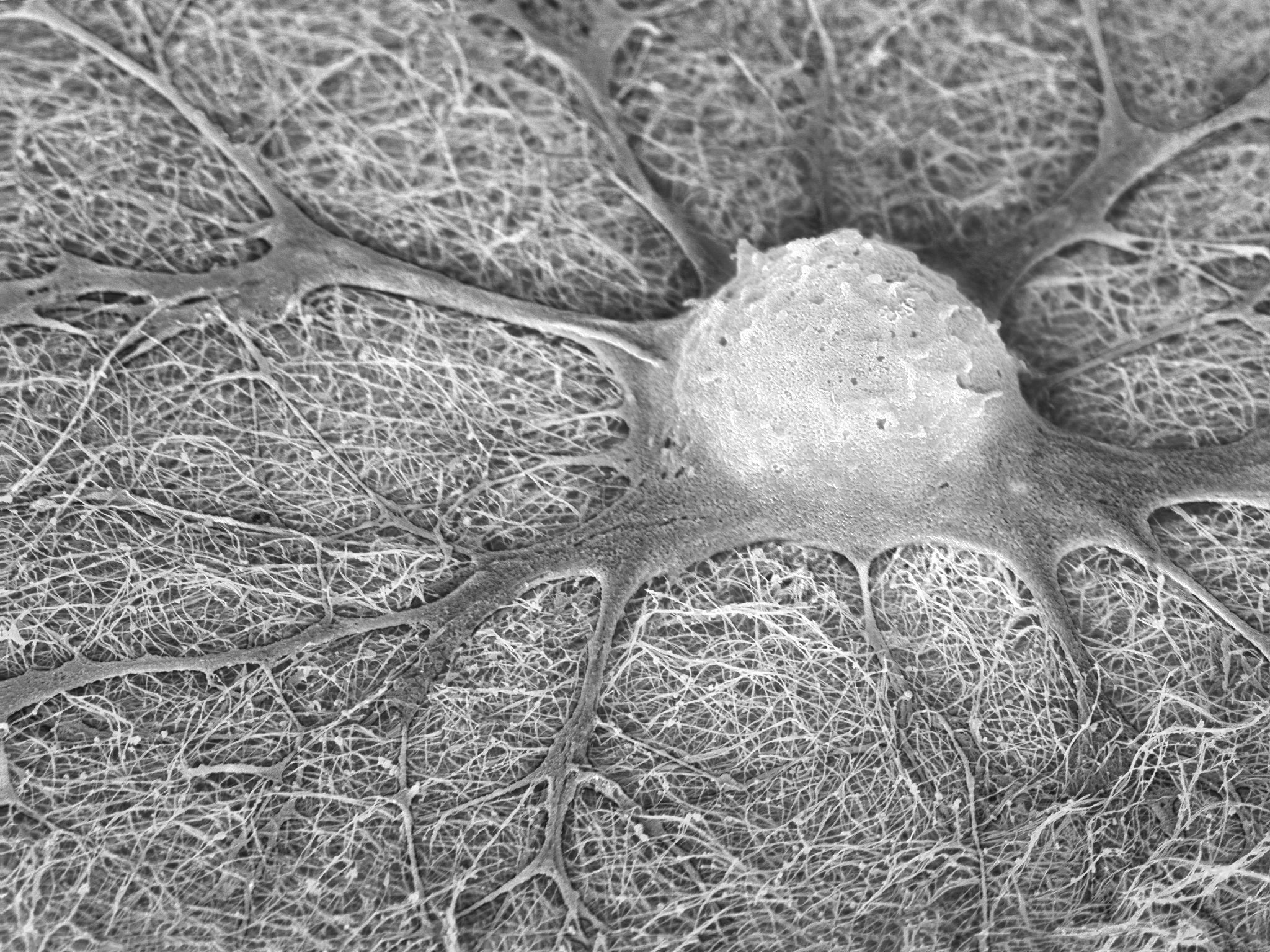ISSCR News

The ISSCR Responds to ICH’s Q1 Guideline on Stability Testing of Drug Substances and Drug Products
On 28 July, the ISSCR submitted a response to the International Council for Harmonisation’s (ICH) guideline on stability testing of drug substances and drug products. The ISSCR recommends adding specific examples to clarify appropriate applications of certain studies and incorporating considerations for diverse manufacturing models, particularly decentralized manufacturing, where products are administered immediately after production. The ISSCR also advises including guidance on pluripotent stem cell bank stability testing, referencing Tissue Engineered Products (TEP), and clarifying whether ATMP combined products are covered under the term “combination of a drug product with a medical device.”
To request the comments or learn more, contact Denise de Villa.

Alzheimer’s Disease Pathology and Potential Treatment Targets Identified in Brain Organoids
Alzheimer's disease (AD) is the most common neurodegenerative disease in older people, affecting up to 1 in 20 individuals aged 65 and above. In addition to environmental and lifestyle factors, genetic mutations can predispose an individual to AD and some rare forms of inherited “familial” AD (fAD) are caused by known genetic mutations, with these affected individuals developing AD with high probability and at relatively young age. In most cases, AD is diagnosed at advanced stages, but pathological alterations in brain cells may arise earlier in life, particularly in fAD which is known to manifest earlier in life.
To study early-life changes in fAD brain cells, researchers including Zhen-Ge Luo and colleagues from ShanghaiTech University, China, have leveraged stem cell-derived brain organoids, to model aspects of early human brain development and function in the laboratory.

New Podcast Episode. Cancer Neuroscience, Tumor Organoids, and Understanding the Role of the Nervous System in Human Glioblastoma
The role of neuronal influences on cancer pathogenesis and progression is increasingly appreciated in the nervous system. Neurons have been shown to enhance the proliferation and migration of gliomas, a glial-derived tumor of the CNS, via diffusible paracrine factors or synaptic inputs onto tumor cells. In glioblastomas, a highly aggressive glioma, mostly glutamatergic inputs have been identified. While the potential for glioblastomas to receive projections from neurons of other neurotransmitter subtypes, such as from cholinergic neurons, has recently been discovered in xenotransplantation models, whether synapses can form between human cholinergic neurons and glioblastoma cells and consequences of these inputs and other non-synaptic mechanisms are still unknown.
Human induced pluripotent stem cell-based models have been emerging as a powerful platform for studying human-specific disease mechanisms. Today’s guests developed a co-culture model for the study of neuron-tumor interactions by combining patient derived glioblastoma organoids and hiPSC-derived cholinergic neurons. They will discuss their recent findings and what it means for understanding and potentially treating a tumor for which there is no known cure.

The ISSCR and STEMCELL Technologies Partner to Launch Free, On-Demand Course on Standards for Human Stem Cell Use in Research
The International Society for Stem Cell Research (ISSCR) and STEMCELL Technologies are proud to announce a new partnership to produce a free, on-demand course for researchers seeking to incorporate the ISSCR Standards for Human Stem Cell Use in Research in their work.

Receive ISSCR Press Releases
Sign up be a part of ISSCR’s media list. Media Contact: Kym Kilbourne, Director of Media and Strategic Communications
Subscribe to ISSCR News.
Each month, ISSCR delivers scientific, policy, and community to your inbox .

